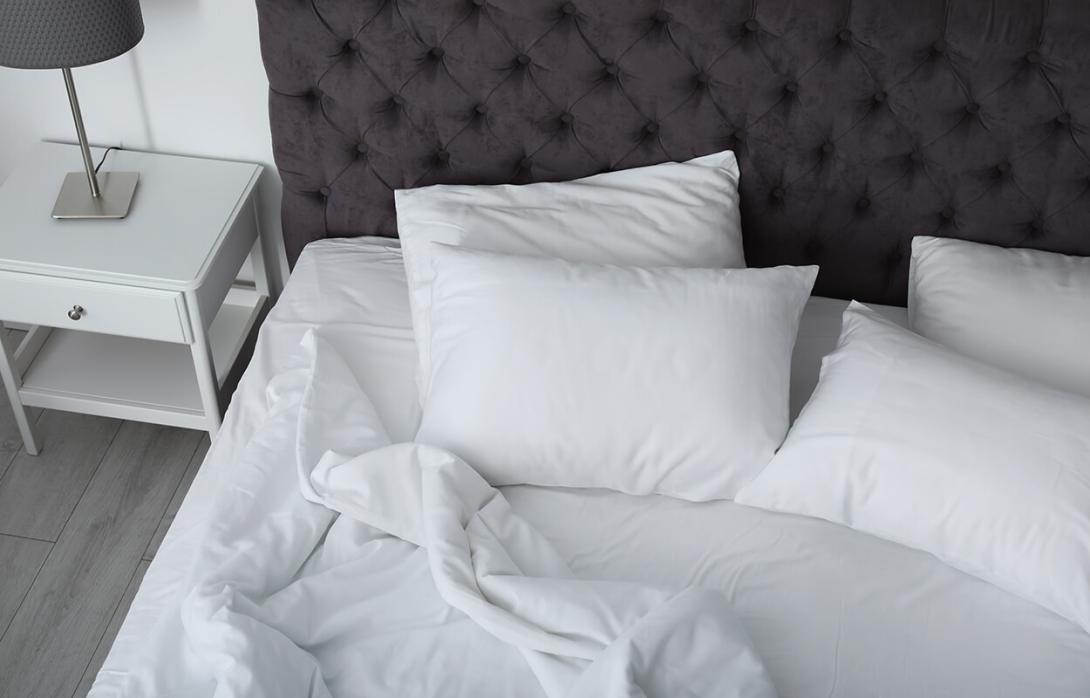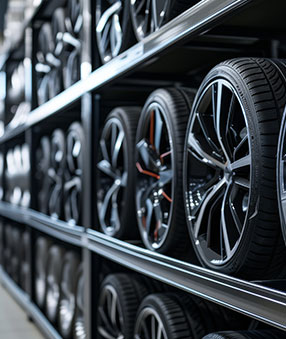
Ah, sleep. That wonderful moment when your eyes close and you drift away, peacefully and blissfully, into dreams. Or so you'd hope. Sometimes our mattress has a different plan for us, and some units aren't shy about letting us know when it's time for an upgrade. If you're experiencing sleepless nights due to pain, loss of bodily support, or other issues, it might be time to send that old mattress to the curb.
In this series of posts, we've explored the most popular types of mattresses, including innerspring and gel. Each post has detailed the pros and cons of these mattresses in order to help you find your best option. This post focuses on a widely popular type of unit, the memory foam mattress. Let's dive in!
What is a Memory Foam Mattress?
Memory foam mattresses first became popular in the early 90s, when Tempurpedic began selling the world's first units. They are composed of thick, durable material known as polyurethane, the same material found in couches, chairs, and other cushioned furniture. This high-density material is known to provide excellent support, comfort, and pressure relief.
What are the Benefits?
Memory foam mattresses provide a wide range of benefits aimed at improving your sleep quality. The biggest selling point of memory foam mattresses is their ability to use your heat and weight to create an imprint, or mold, of your body. This essentially gives you excellent support, helping alleviate pains and offering better alignment for your spine while you sleep.
Additionally, memory foam provides high levels of movement separation, so you won't feel others, or even yourself, move at night. All of these things lead to better, uninterrupted sleeping habits.
Any Downsides?
Though not many, memory foam has its disadvantages. If you've ever moved one, you know what's coming: these things are heavy. Unlike the hollow nature of innerspring mattresses, memory foam is full of thick, dense material, increasing its weight significantly. Memory foam mattresses can also get really hot. The same feature used to help create your body imprint also stores your body heat. If you struggle with hot nights, this might not be the mattress for you.
And finally, memory foam is more expensive. This is offset by the number of benefits it provides, but the price of memory foam mattresses generally runs a few hundred dollars more than the innerspring variety.
What's the Verdict?
Price, weight, and heat aside, memory foam is a big step up in quality, providing levels of support that innerspring mattresses rarely match. However, if you sleep well on innersprings, you may not find memory foam appealing. There's an adjustment period that can often outstay its welcome, where innerspring can offer the same, familiar comfort you're used to.
Interested in other kinds of beds? Check out our other posts from this series covering Spring Mattresses and Gel Mattresses to find your perfect fit.









